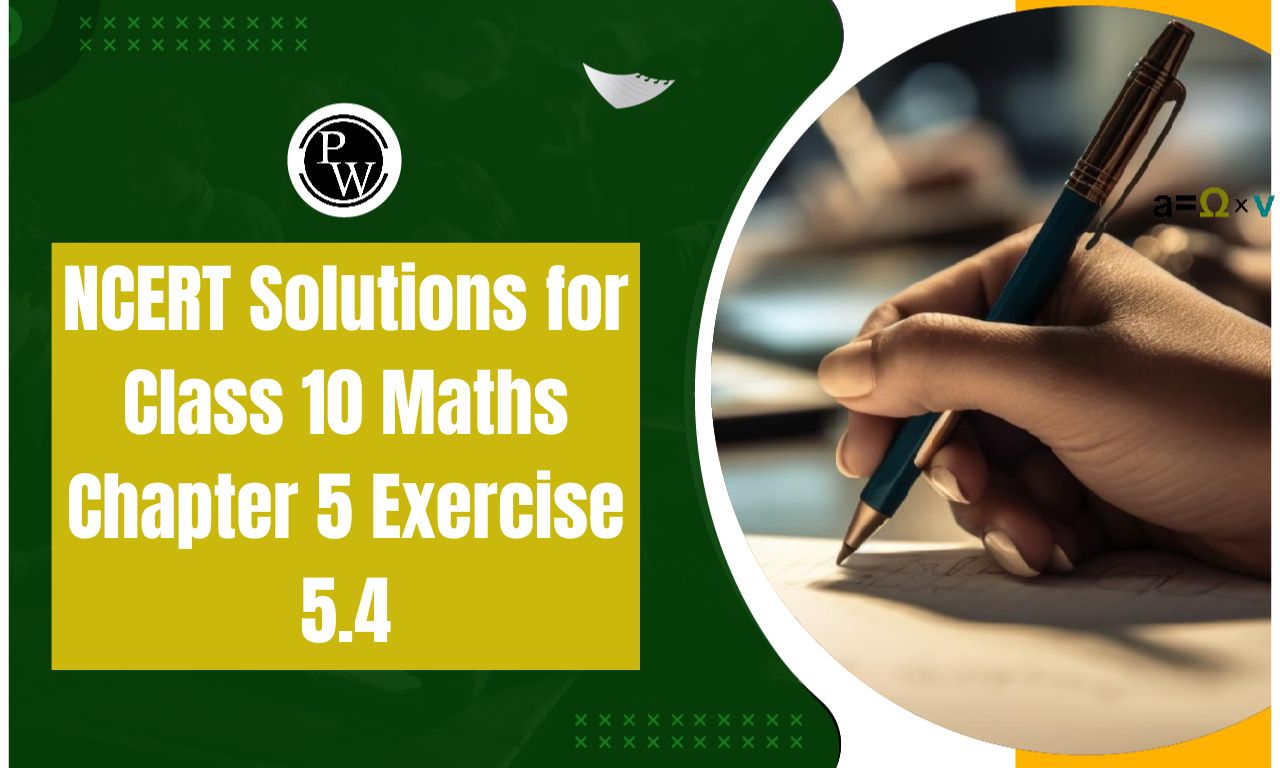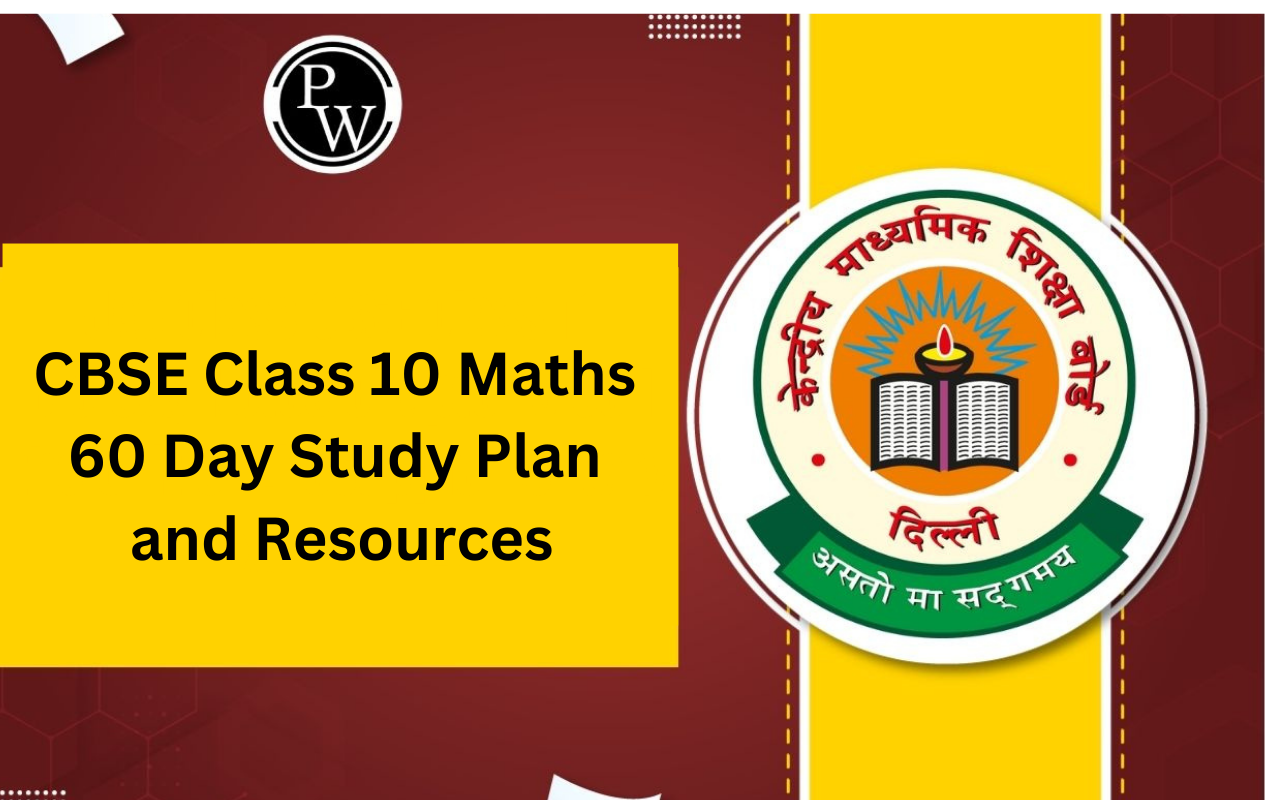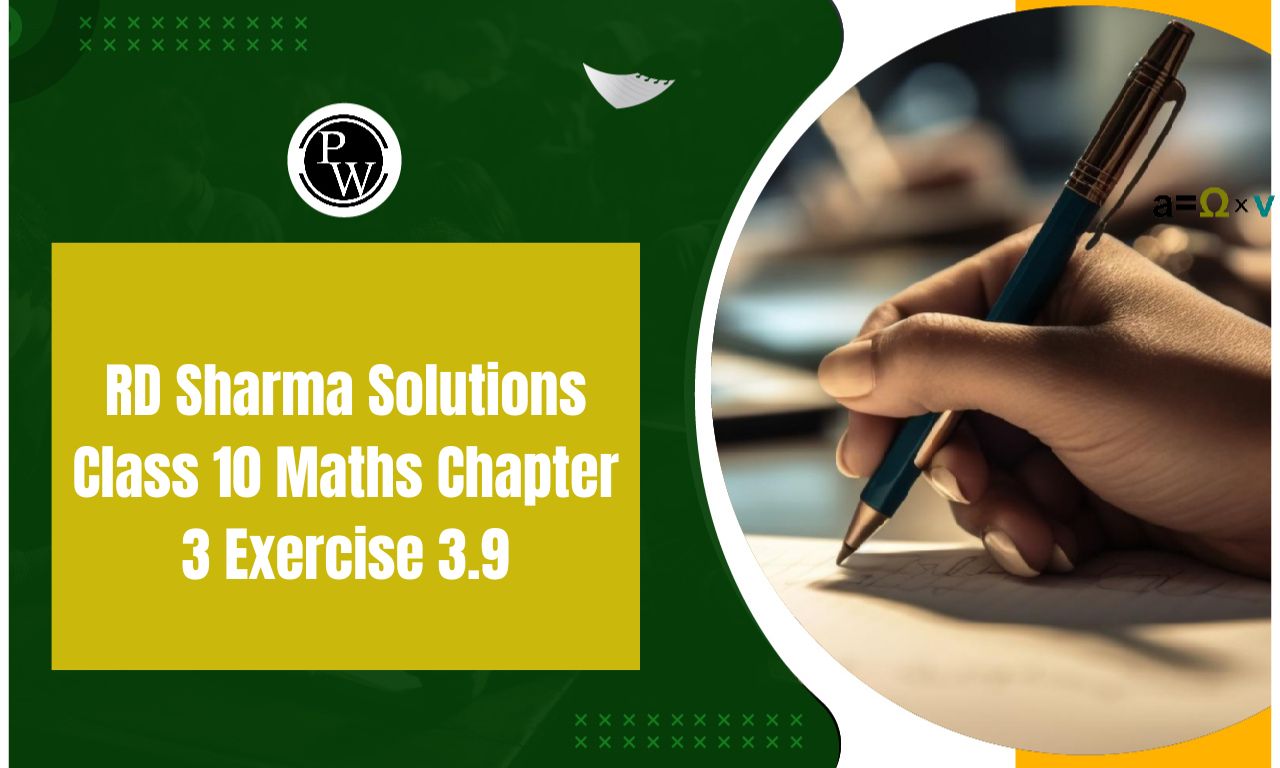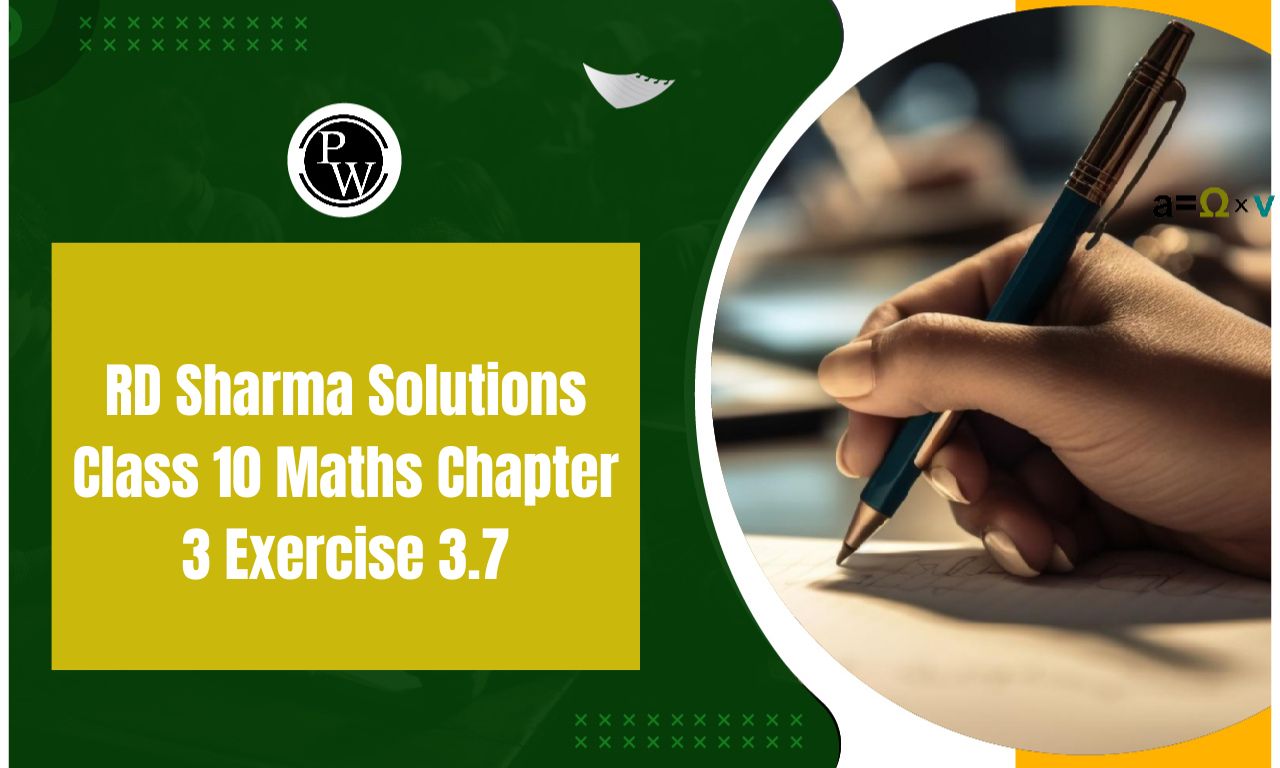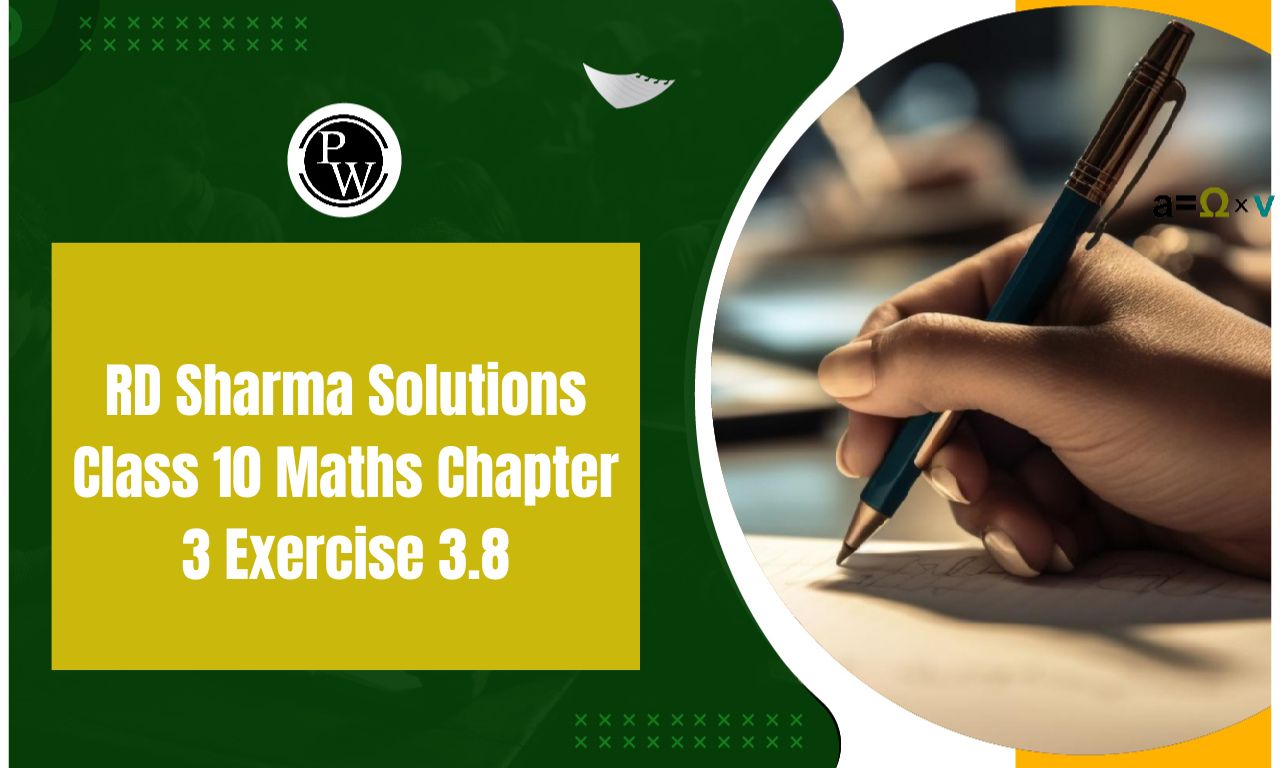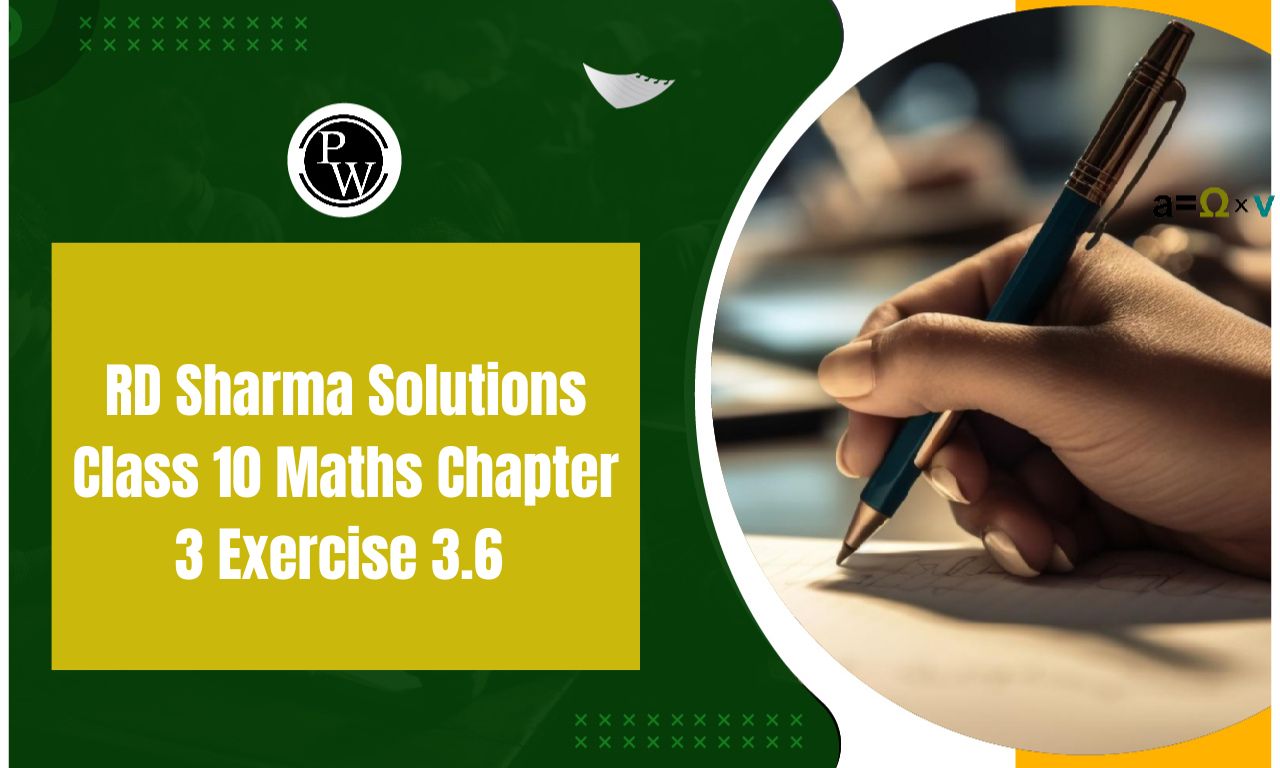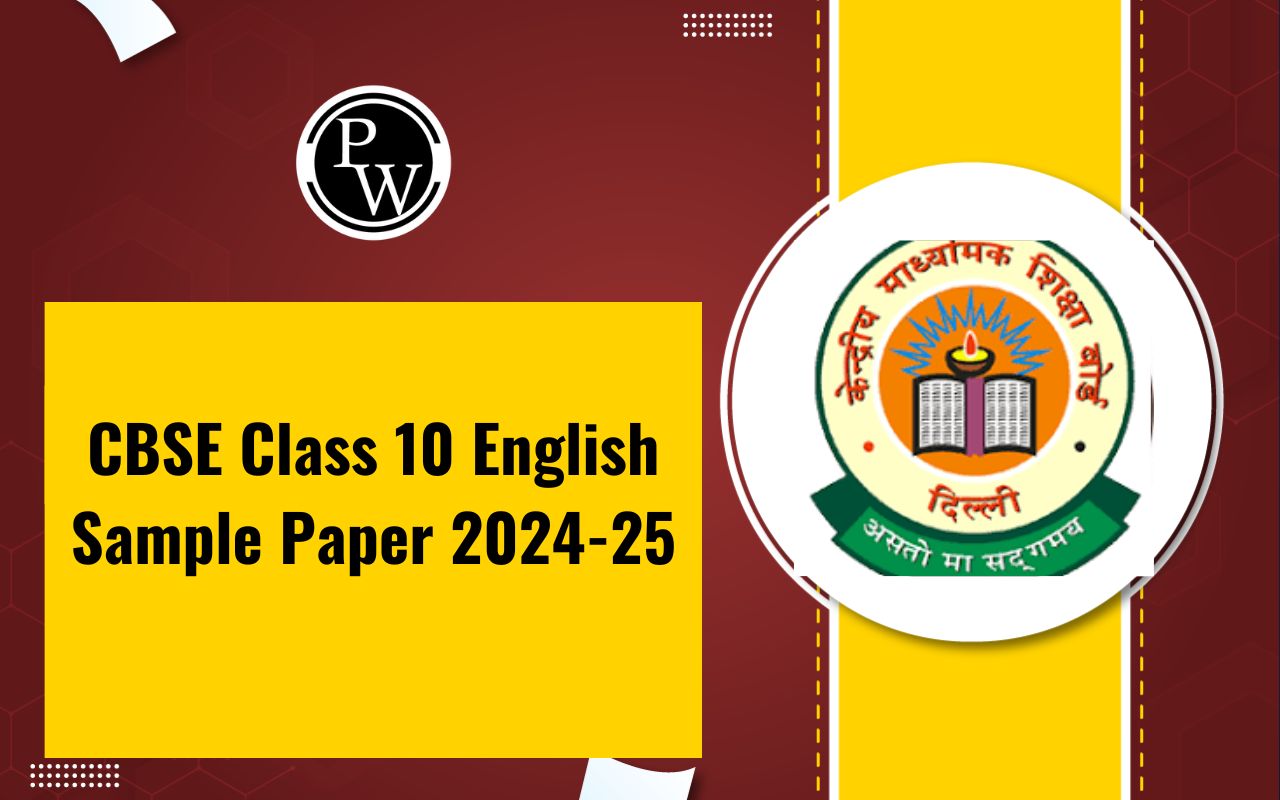
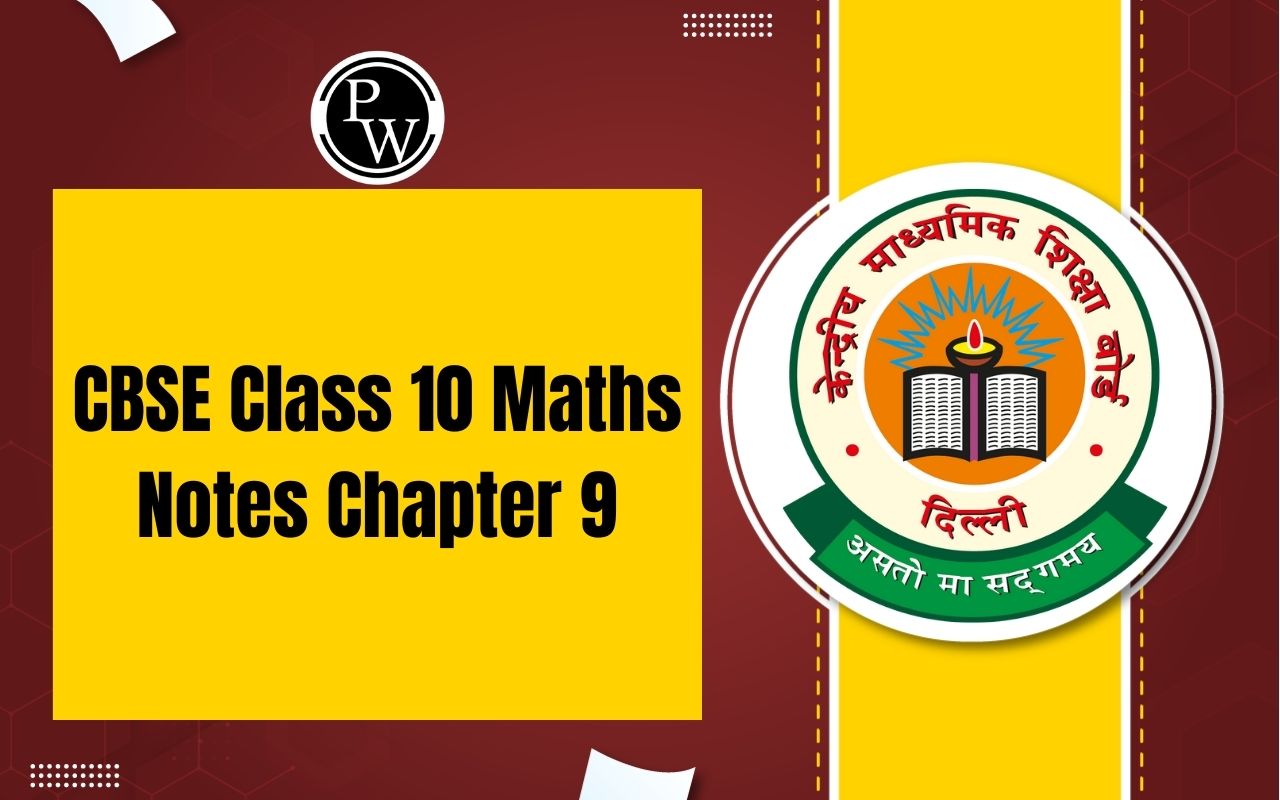
CBSE Class 10 Maths Notes Chapter 9: Students in Class 10 will learn how to use trigonometry to calculate various objects' heights and distances without having to measure them in Chapter 9, "Some Applications of Trigonometry."
Astronomers used to calculate the distance between the planets, the Earth, and the stars using trigonometry. Trigonometry is most commonly used in geography and navigation to determine the latitude and longitude of a given point. In this chapter, students will be able to study about topics like horizontal lines, angles of depression, elevation and depression, line of sight, and heights and distances. By working through the issues, students may really understand the principles. In this chapter, every numerical problem is handled using trigonometric ratios.CBSE Class 10 Maths Notes Chapter 9 PDF
It takes a lot of time and effort to prepare notes for revision at the end so that you can cover each chapter more quickly. These Class 10 Maths Revision Notes Chapter 9 will help you save time so that you can practise, which is more crucial to understanding the material. Here we have provided CBSE Class 10 Maths Notes Chapter 9 PDF -CBSE Class 10 Maths Notes Chapter 9 PDF
CBSE Class 10 Maths Notes Chapter 9
Horizontal Level and Line of Sight
The line drawn from the observer's eye to the spot on the thing they are viewing is known as their line of sight. The horizontal line seen via the observer's sight is the horizontal level.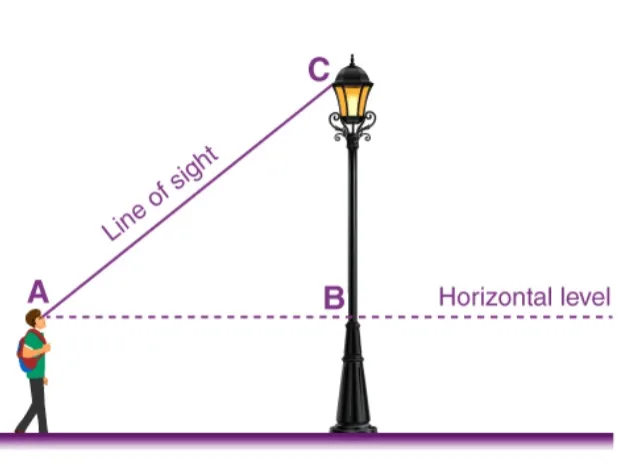
Angle of Elevation
When considering things above the horizontal plane, the angle of elevation is important. It is the angle created between the horizontal level and the line of sight. The angle of elevation in the diagram below is indicated by the letter "θ."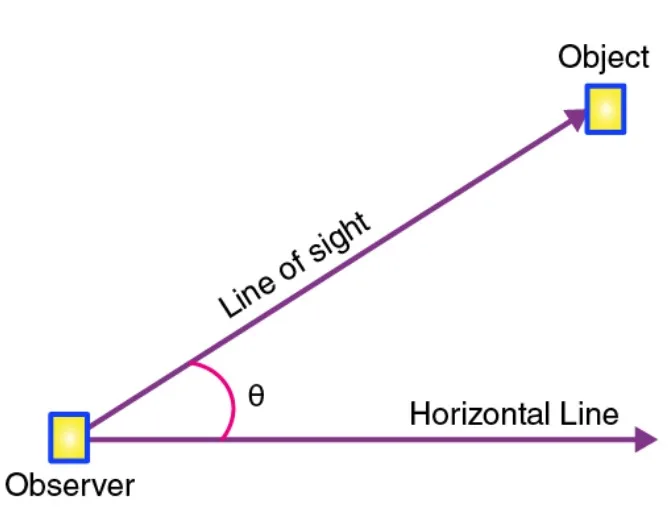
Angle of Depression
The angle of depression is relevant for objects below the horizontal level. It is the angle formed by the line of sight with the horizontal level .CBSE Class 10 Syllabus 2024-25
Calculating Heights and Distances
We can utilise trigonometric ratios to compute heights and distances. Examine the trigonometric ratio table below for your reference:| Trigonometry Ratios Table | ||||||||
| Angles (In Degrees) | 0° | 30° | 45° | 60° | 90° | 180° | 270° | 360° |
| Angles (In Radians) | 0° | π/6 | π/4 | π/3 | π/2 | π | 3π/2 | 2π |
| sin | 0 | 1/2 | 1/√2 | √3/2 | 1 | 0 | -1 | 0 |
| cos | 1 | √3/2 | 1/√2 | 1/2 | 0 | -1 | 0 | 1 |
| tan | 0 | 1/√3 | 1 | √3 | ∞ | 0 | ∞ | 0 |
| cot | ∞ | √3 | 1 | 1/√3 | 0 | ∞ | 0 | ∞ |
| cosec | ∞ | 2 | √2 | 2/√3 | 1 | ∞ | -1 | ∞ |
| sec | 1 | 2/√3 | √2 | 2 | ∞ | -1 | ∞ | 1 |
Heights and Distance Summary
The below diagram gives the complete summary of “Heights and Distances”.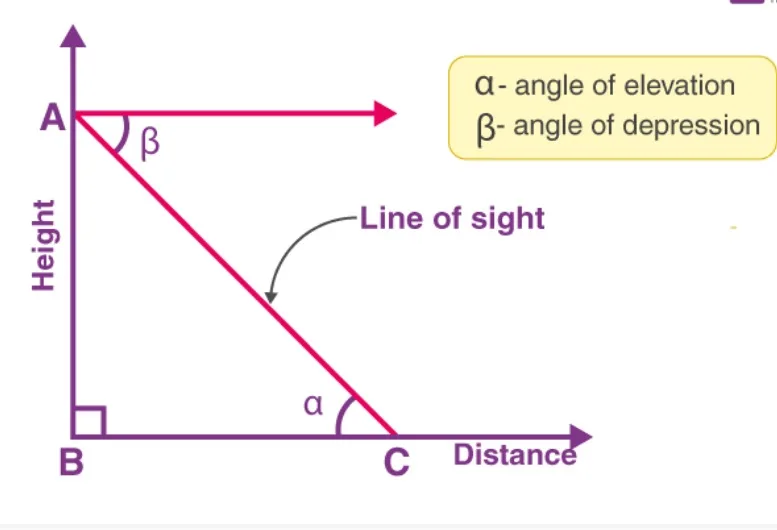 From the given diagram, if “C” is the point of observation,
From the given diagram, if “C” is the point of observation,
- AC is the line of sight
- BC is the distance between the observer and the object.
- AB is the height of the object
- α is the angle of elevation
- β is the angle of depression.
Measuring the Distances of Celestial bodies with the Help of Trigonometry
The parallax method can be used to measure large distances. When something is observed from two distinct angles, the angle formed by the parallax is half of the angle between the two lines of sight. Large distances can be measured if the parallax angle and the separation between the two locations are known.Benefits of CBSE Class 10 Maths Notes Chapter 9
Notes for revision in class ten Maths Chapter 9 is structured so that students may quickly review every topic at once and not miss any crucial information linked to the chapter. Students will gain from the Chapter 9 revision notes in a variety of ways, including an acceleration of their problem-solving abilities. To this end, we recommend practicing and reviewing these notes on a frequent basis. Notes for Class 10 Review Chapter 9 is one of the hardest and most essential chapters in the curriculum, and these notes will help you prepare for it. Some Applications of Trigonometry will assist you in covering this important and scoring topic.CBSE Class 10 Maths Notes Chapter 9 FAQs
What is Chapter 9 of maths class 10 about?
Chapter 9 of the NCERT Class 10 Maths textbook delves into the world of Applications of Trigonometry used in real life and covers various topics such as understanding the angle of elevation, angle of depression, and line of sight.
Is 9th maths hard?
The difficulty of chapters in Class 9 Maths can vary from student to student. However, chapters like Surface Areas and Volumes, Statistics, Quadrilaterals, and Triangles are often considered challenging due to their complex concepts and theorems.
Which chapter is easy in 10th maths?
Easiest chapters in Class 10 Maths include Introduction to Trigonometry, Arithmetic Progressions, Real Numbers, Polynomials, and Probability due to their straightforward concepts and practical applications.
🔥 Trending Blogs
Talk to a counsellorHave doubts? Our support team will be happy to assist you!

Free Learning Resources
PW Books
Notes (Class 10-12)
PW Study Materials
Notes (Class 6-9)
Ncert Solutions
Govt Exams
Class 6th to 12th Online Courses
Govt Job Exams Courses
UPSC Coaching
Defence Exam Coaching
Gate Exam Coaching
Other Exams
Know about Physics Wallah
Physics Wallah is an Indian edtech platform that provides accessible & comprehensive learning experiences to students from Class 6th to postgraduate level. We also provide extensive NCERT solutions, sample paper, NEET, JEE Mains, BITSAT previous year papers & more such resources to students. Physics Wallah also caters to over 3.5 million registered students and over 78 lakh+ Youtube subscribers with 4.8 rating on its app.
We Stand Out because
We provide students with intensive courses with India’s qualified & experienced faculties & mentors. PW strives to make the learning experience comprehensive and accessible for students of all sections of society. We believe in empowering every single student who couldn't dream of a good career in engineering and medical field earlier.
Our Key Focus Areas
Physics Wallah's main focus is to make the learning experience as economical as possible for all students. With our affordable courses like Lakshya, Udaan and Arjuna and many others, we have been able to provide a platform for lakhs of aspirants. From providing Chemistry, Maths, Physics formula to giving e-books of eminent authors like RD Sharma, RS Aggarwal and Lakhmir Singh, PW focuses on every single student's need for preparation.
What Makes Us Different
Physics Wallah strives to develop a comprehensive pedagogical structure for students, where they get a state-of-the-art learning experience with study material and resources. Apart from catering students preparing for JEE Mains and NEET, PW also provides study material for each state board like Uttar Pradesh, Bihar, and others
Copyright © 2025 Physicswallah Limited All rights reserved.



